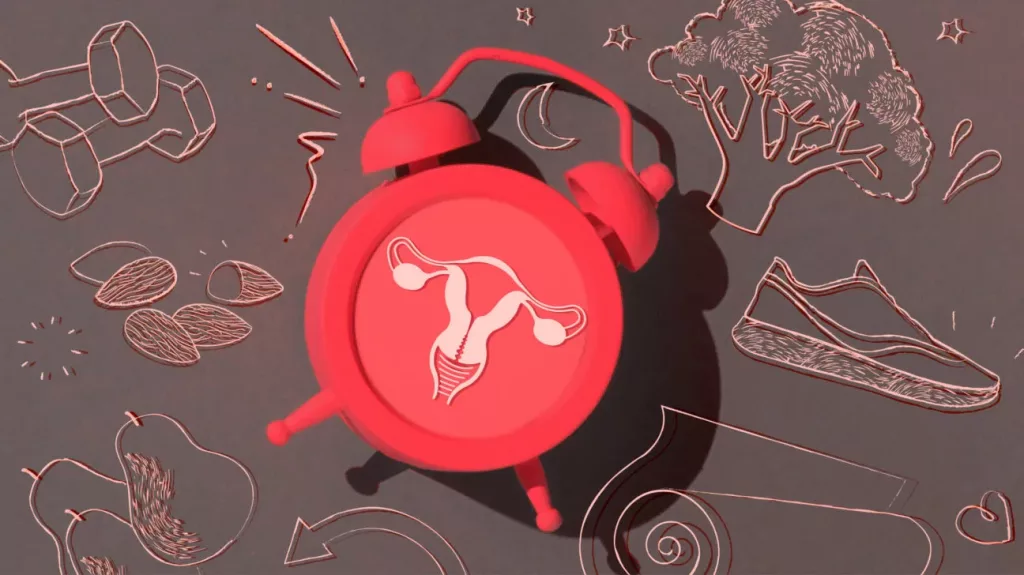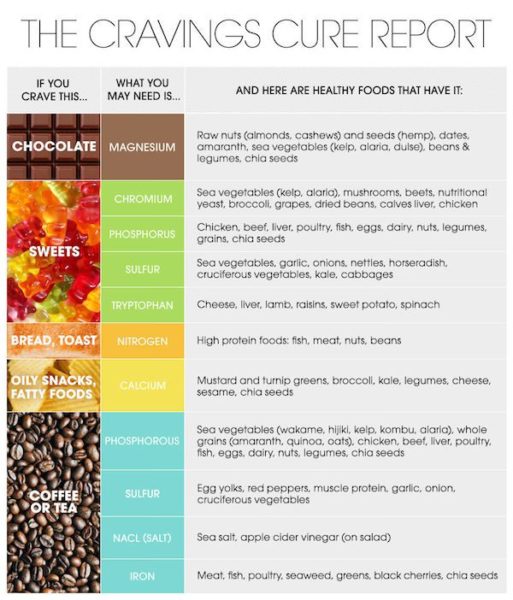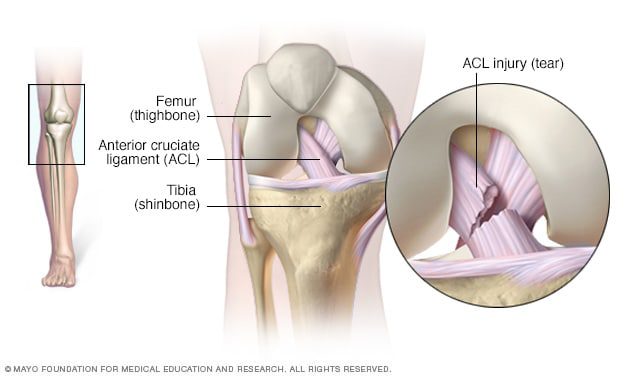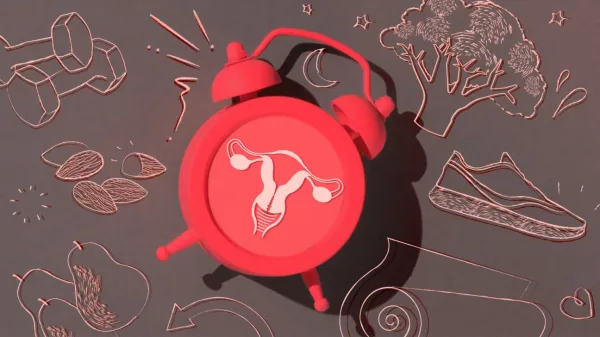Do you ever feel that exercise and your period just aren’t getting along?

The average menstrual cycle is 28 days long, which is also about the length of a lunar cycle. During both cycles, certain things wax while others wane. Additionally, both cycles are constantly taking place, whether we are conscious of them or not. There are ways in which we can take advantage of these cycles to live in harmony with exercise and your period.

4 Phases of the Cycle
Week 1 (Days 1 – 7): Follicular Phase/Menstruation
This part of the cycle begins with letting go. You may feel a sense of loss but this is normal. Physiologically, hormones are at a low point now. Letting go of the beliefs, habits, and relationships that no longer serve us is an integral part of the cycle so we can build and transform. Once your period is over, hormone levels start to ramp up again in preparation for ovulation. At this time, it is crucial to manage inflammation in your body and nourish it with healthy foods. This ensures a proper hormonal release/balance between the ovaries, hypothalamus, pituitary gland, and adrenal glands. For more information on inflammation check out this blog post: https://charmaustin.com/key-points-on-inflammation-causes-and-prevention/
Food consideration: Consume less inflammatory foods such as gluten, processed foods, sugar, dairy, and alcohol. Consuming these in excess can alter hormone levels and disrupt the rest of the cycle. Instead, choose fresh fruits/vegetables and whole grains.
Exercise and your period consideration: Now is a good time to take down the intensity of your workouts. Moving your body in gentle, intuitive ways will suit your hormone levels best at this time.
Week 2 (Days 7 – 14): Follicular Phase/Ovulation
This part of the cycle is when energy levels are at their highest. You may feel more extroverted than usual. This is the time to set new goals and actively make changes to accomplish them. Estrogen levels increase at this time, in addition to luteinizing and follicle stimulating hormones from the pituitary gland.
Food consideration: Trying a new way of eating has an increased chance of being successful at this time as energy and clarity abound. If you want to try new recipes, a new diet, or just new foods, now is the time.
Exercise and your period consideration: This is the time to participate in high intensity, high caloric expenditure workouts as energy levels are high. Additionally, as with food, now could be a good time to try new types of workouts and/or set new goals.
Week 3 (Days 14 – 21): Luteal Phase
After ovulation has occurred, the hormone progesterone is secreted which has an overall calming effect. After a full, busy previous week this is the time to enjoy settling into your routine. With routine comes productivity thus you might feel compelled to cross things off your to-do list. This is also the time to follow through with the goals you set the previous week.
Food consideration: This tends to be the part of the cycle when food cravings hit and appetite is high. Now is not the time to be hard on yourself for eating slightly more than usual or enjoying a cheat meal. Everything in moderation should be your motto at this time. If you are craving chocolate, then eat some chocolate. But continue to keep your goals in mind.
Exercise and your period consideration: You might find that your energy levels vary during this phase. Some weeks it could feel like you are crushing your exercise goals and other times it might feel extremely draining to perform a regular workout. Take note of how your body seems to respond to exercise at this time. If you feel drained after exercising then take the intensity of your next workout down a notch. This is also a good time to reconnect with nature and get grounded before the next phase of your cycle. Going on long walks, meditating under a tree, and bicycling are all good ideas to try.
Week 4 (Days 21 – 28): Luteal Phase
The last week of your cycle is when hormone levels begin to wind down. Often this brings up emotions and cravings. Now is the time to take it easy on yourself. Don’t stress too much about your goals. Listen to your body and be curious about the signals it is sending you. Ask yourself, “Why am I craving what I am craving? How can I support and take care of myself during this time? Who else in my life can I turn to for support?” Approach this week with love and compassion for yourself.
Food consideration: Specific food cravings often hint at an underlying nutritional deficiency. If you find yourself constantly craving the same food at the same part of your cycle it might be time to investigate if there is an underlying imbalance. The chart below outlines what a craving might signify and what foods you should consume to correct the imbalance.

Exercise and your period consideration: Since our hormone levels are dropping, this is a good time to cycle back to the gentle workouts performed during week 1. Think yoga classes with lots of twists, slow strength classes, etc.
Exercise and Your Period – Can Too Much Have a Negative Impact?
Formerly known as the female athlete triad, relative energy deficiency in sport (RED-S) is defined as a syndrome that can affect any athlete, in which there is an imbalance between energy availability and energy expenditure from sport. Essentially the athlete is expending more calories than they are consuming resulting in negative effects to metabolic rate, cardiovascular health, bone health, immunity, and menstrual function. We all need a certain amount of energy to maintain homeostasis, which is our steady state where our body can heal, restore, digest food, etc. When there is not enough energy available to sustain these essential functions our bodies enter relative energy deficiency.
“The syndrome of RED-S refers to impaired physiological function including, but not limited to, metabolic rate, menstrual function, bone health, immunity, protein synthesis, cardiovascular health caused by relative energy deficiency.”
The female athlete triad used to be composed of 3 related conditions which were: disordered eating, amenorrhea (absent menstruation), and osteoporosis/osteopenia. RED-S acknowledges that disordered eating and poor bone health are contributory to energy deficiency and that alterations in hormonal/metabolic balance can also occur (meaning male athletes can also be affected).
Athletes who menstruate are at an increased risk for menstrual dysfunction, compared to non-athletes, as a result of:
- Increased risk of developing energy deficiency due to inadequate replenishment of energy stores after exercise (disordered eating is contributory here)
- Inadequate protein and carbohydrate intake
- Increased exercise stress which alters hormone levels
- Inadequate body fat stores
Most studies have shown that increasing caloric intake and weight gain are the most effective treatments for RED-S. If you have just started working out or have recently increased your training intensity/frequency and notice changes to your cycle, consult with a physician. If you are interested in improving your sports performance check out how the physical therapists at CHARM can help: https://charmaustin.com/restore-function-and-return-to-living/sports-performance/
Exercise and Your Period –Increased Risk of Injury During Certain Cycle Phases
Over the last several years, research has been conducted to determine if athletes who menstruate are at an increased risk of injury at specific points in their cycle. Several studies identified that there are estrogen receptors in human ACLs (knee ligament). When these receptors are activated during the follicular/ovulation phases of the cycle, the overall strength of the ACL decreases, making it more susceptible to injury. Additionally, when the strength of the ACL is impaired there is a substantial effect on knee and hip mechanics. This further increases the risk of ACL tear and other microtraumatic knee injuries. A comprehensive review of 17 studies on this subject came to the following conclusions:
- During the first 2 weeks of the cycle, athletes who menstruate are at the greatest risk of ACL injury
- At the same time in the cycle, when there is more ACL laxity, there is altered knee mechanics which further contributes to increased risk of injury

Sources:





